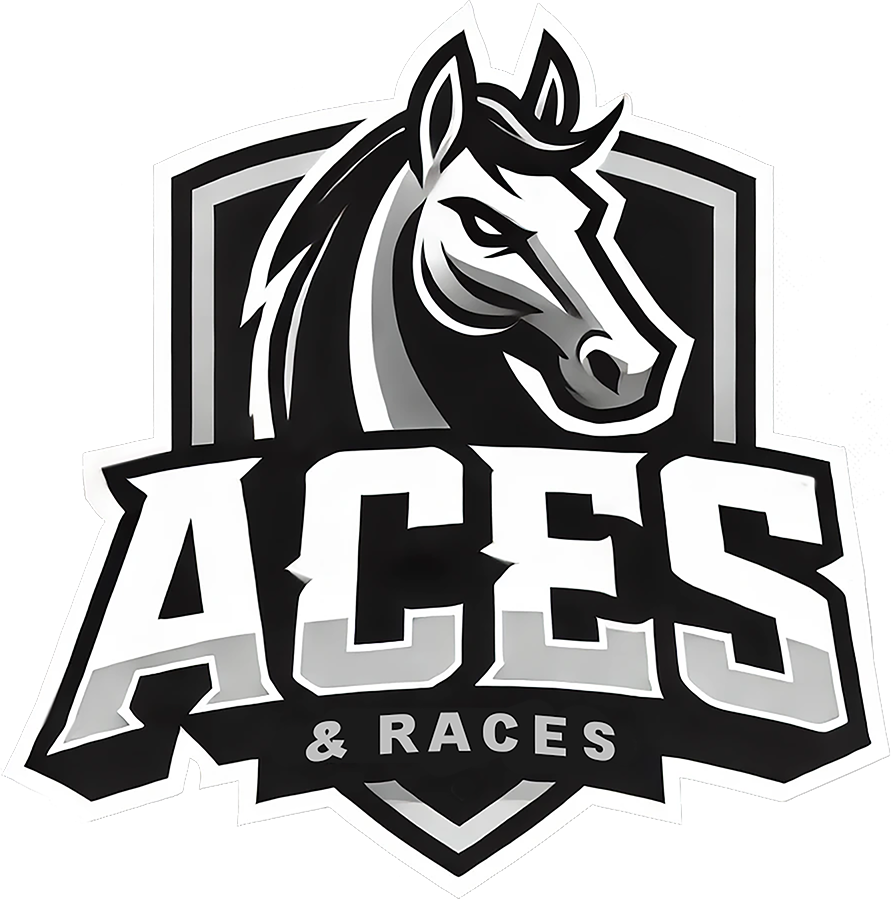📊🐴 Understanding CAW: The Impact of Technology on Horse Racing Wagering 💻
📊🐴 Understanding CAW: The Impact of Technology on Horse Racing Wagering 💻
Computer-Assisted Wagering (CAW) has fundamentally changed horse racing, reshaping the way bets are placed and pools are distributed. At its core, CAW uses advanced algorithms, real-time data, and high-speed computing to execute thousands of bets in moments, often with pinpoint precision. What once was the domain of individual handicappers with a racing form in hand is now a battleground for computers processing mountains of data in the blink of an eye.
CAW isn’t just about technology—it’s about power. For some, it represents a fascinating evolution in betting, injecting liquidity into pools and creating opportunities for larger payouts. For others, especially traditional horseplayers, it feels like an uneven playing field where they’re competing against machines with near-limitless resources. To understand its full impact, we need to explore CAW’s history, its current reality, how it works, and the advantages and disadvantages it brings to the sport and its players.
How CAW Works
CAW players rely on a combination of data access, powerful software, and speed. They plug into real-time data streams that provide detailed information on odds, pool sizes, and the movement of money. Their algorithms analyze these inputs and identify inefficiencies—moments where a horse’s odds might not reflect its actual chances of winning. When these opportunities arise, CAW systems place thousands of wagers across multiple races and bet types, often just seconds before betting closes.
These operations require significant resources. CAW players invest in custom software, secure high-speed internet connections, and robust servers to ensure their systems can process data and execute wagers without delay. Most importantly, they negotiate exclusive access to data feeds and betting platforms, often receiving incentives like rebates that further improve their bottom line (Paulick Report).
The Impact of CAW on Horse Racing Players
The rise of CAW has created a double-edged sword for the industry. On one hand, CAW players inject liquidity into pools, increasing overall handle and, by extension, purses for horsemen and racetracks. Their activity also ensures that odds more accurately reflect the true chances of each horse, which can be beneficial for some bettors.
However, for the average horseplayer, CAW has introduced significant challenges. One of the most noticeable effects is late odds changes. Many traditional players place their bets based on the odds they see when making their selections. But CAW systems place their largest wagers in the final seconds before the betting window closes, often resulting in significant odds shifts. This can leave a bettor feeling shortchanged when their 10-1 shot suddenly drops to 5-1 right before the gates open (Paulick Report).
Additionally, CAW players have access to resources and tools that are unavailable to the average bettor. They can process data at speeds no human could match, exploit inefficiencies across pools, and leverage rebates that aren’t offered to casual players. This creates a sense of inequity, as traditional bettors may feel they’re competing on an uneven playing field (BloodHorse).
Another downside is the perception that CAW is “draining” the pools. Since CAW players focus on finding inefficiencies, they often bet on horses whose odds are mispriced. When they win, their large bets can take a substantial portion of the pool, leaving smaller payouts for everyone else (Paulick Report).
Getting Involved in CAW
For those intrigued by CAW, entering the space isn’t easy. Successful CAW operations require a combination of technological expertise, financial resources, and access to premium data. Many CAW players come from fields like finance or data science, where they’ve honed skills in building algorithms and analyzing complex datasets.
To get started, you’d need access to historical and real-time racing data, the ability to develop or acquire betting software, and a significant bankroll to handle the volume of bets required to make CAW profitable. You’d also need to establish relationships with tracks or wagering platforms that offer the necessary data feeds and rebates. This is no small undertaking, and for many, the barriers to entry are simply too high.
The Debate Over CAW’s Role in Horse Racing
CAW has sparked intense debates across the industry. Supporters argue that it’s a natural evolution, bringing innovation to a sport that has struggled to modernize. They point to the increased handle and liquidity as evidence that CAW benefits the sport overall. However, critics question whether those benefits come at too high a cost.
The biggest concern is fairness. Average horseplayers often feel excluded from the advantages that CAW players enjoy, and the lack of transparency around CAW operations only fuels their frustration. Some tracks and jurisdictions have begun exploring ways to address these concerns, such as limiting CAW access or creating separate pools for traditional and automated bettors. However, these measures are still in their infancy, and it remains unclear whether they can restore balance to the system (BloodHorse).
The Future of CAW in Horse Racing
As technology continues to advance, CAW is likely to become even more sophisticated, integrating artificial intelligence and machine learning to refine predictions and strategies. This raises important questions for the future of horse racing. Can the industry find a way to balance the benefits of CAW with the needs of traditional players? Will regulations be implemented to ensure fairness, or will the playing field tilt further in favor of the machines?
What’s clear is that CAW isn’t going anywhere. It’s now a cornerstone of modern horse racing, and its influence will only grow. Whether you see it as a force for progress or a threat to the sport’s integrity, one thing is certain: CAW is shaping the future of horse racing, one algorithm at a time.
